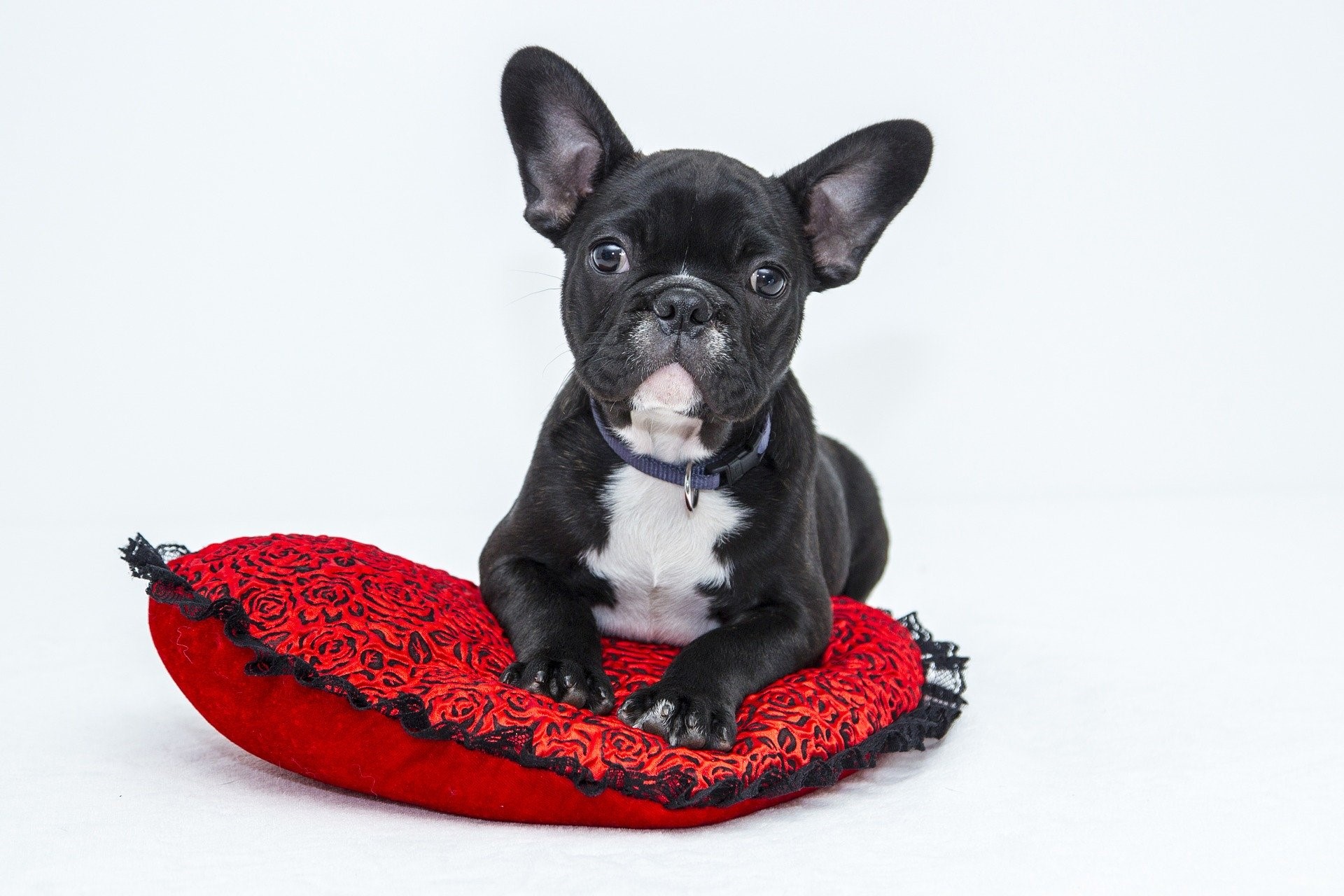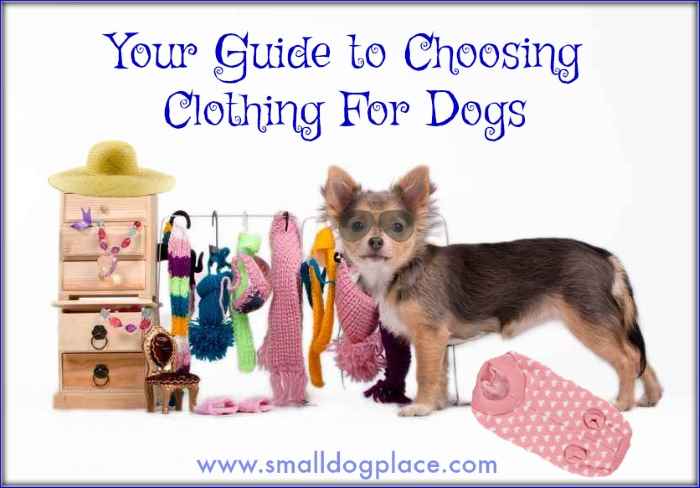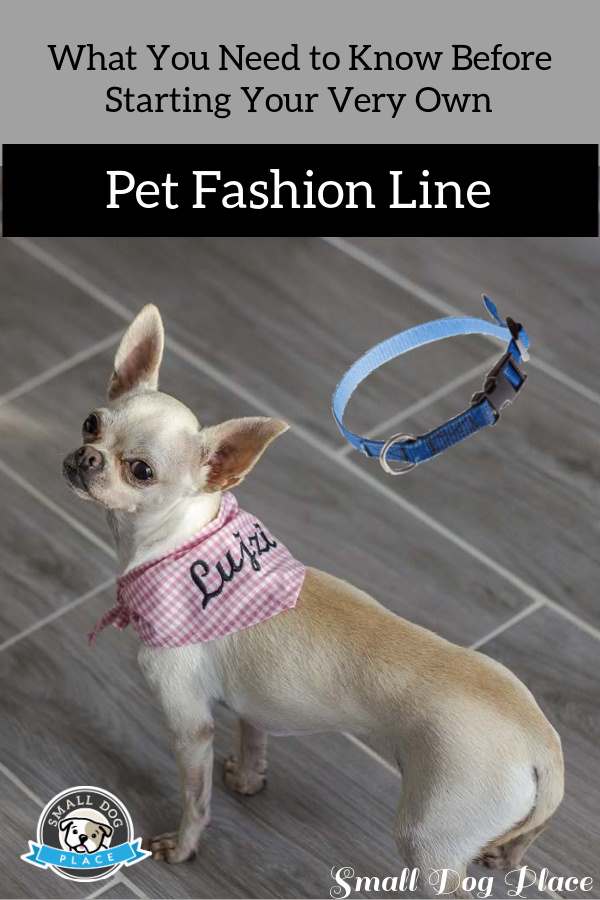- Small Dog Place Home
- Lifestyle
- Dog Clothing
Dog Clothing: A Guide to Getting the Best Clothes for Your Pup
Dog Clothing by Richard Martinez Updated 10-26-2022
One of the basic needs of your furry friend, especially in the colder months of the season, is dog clothing. Dressing up dogs is not only a fashion approach to make them look cuter. Clothes also protect our pooch from extreme weather conditions or harmful elements. With the large selection of designs and prints available in the market, how will you know which one will best suit your pet? Let this article help you choose the best clothes for your pup!
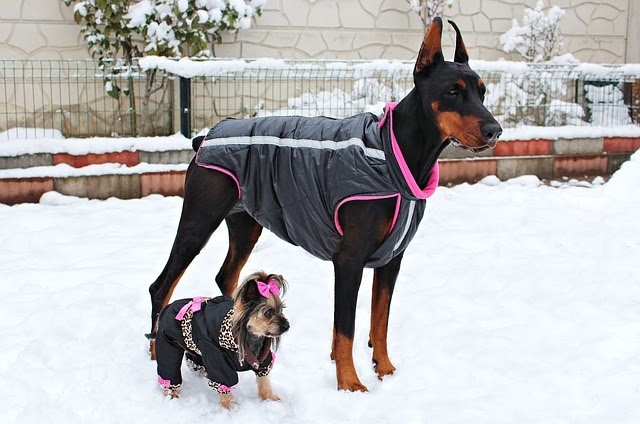
Deciding Whether Your Dog Really Like Wearing Clothes
Dogs’ reactions to clothes differ. Some really enjoy getting dressed up, while others are vastly uncomfortable with it. In short, not every pup wants to wear dog clothing.
According to research done by cognitive scientist Dr. Alexandra Horowitz, some dogs resist wearing clothes because, for them, it is a sign of domination. For example, subordinate dogs, when fitted with a raincoat, might feel the pressure of a dominant animal on their bodies. Instead of feeling protected from the rain, wearing a raincoat can make your pooch anxious, because he or she may think that someone higher ranking than you is nearby.
Dr. Horowitz suggests observing your dogs’ reaction when wearing clothes. If they wag their tails and get excited when you fit them with clothes, then go ahead with the dress up. However, if they curl their tails and you notice a worried reaction, then it’s better to rethink the clothing option.
Taking Precautions While Selecting Dog Clothes
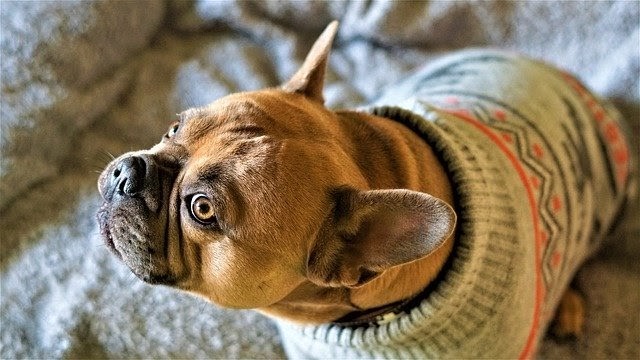 Although there are many designer dog clothing offered in the market today, remember that we’re not only after the looks and design they can give to our pup. As pet owners, we should keep in mind the comfort and safety of our furry friends. Here are some reminders when shopping for dog clothes.
Although there are many designer dog clothing offered in the market today, remember that we’re not only after the looks and design they can give to our pup. As pet owners, we should keep in mind the comfort and safety of our furry friends. Here are some reminders when shopping for dog clothes.Be Wary of Your Dog’s Breed
Not all types of clothes will be appropriate for your dog. That’s why it is important to know your dog’s breed and its physical build.
Pugs, Frenchies, and other short-coated breeds, for instance, have difficulties in keeping warm on their own. In that case, getting them dog hoodies can give them the warmth they need, most especially in colder temperatures.
Dog breeds with a slender build are also likely to experience hypothermia during winter, which makes sweaters and/or coats the perfect type of clothing for them.
On the other hand, densely coated dog breeds like Newfoundland and Saint Bernard are susceptible to overheating. Because of this, they are advised to wear cooling vests in order to stabilize their body temperature.
Choose the Right Fabric
Dogs should still be able to walk, run, play, or do any kind of movement when wearing clothes. If the clothes become a hindrance to your pup’s activity, then they’re not really serving their purpose. In fact, stretchy materials, such as spandex or cotton, are recommended for easier movement. Choose fabrics like cotton, fleece, blends, or knits, as these are comfortable to wear and will surely last for years.
Go for Safe Clothing
Be extra cautious with clothes that have zips, bows, or buttons. With just one single bite, your pooch can accidentally remove these embellishments. Dogs tend to bite and swallow these items, and they may pose as choking hazards or may end up stuck at their digestive tract. For safer clothing options, opt for wide velcro strips and sturdy zippers.
Dimension and Sizing
Just like how we shop for our own clothes, getting the right size and fit is important. We wouldn’t want to wear something that is too fit or too loose, right? The same goes for our animal companions. Clothes that are too tight will just make the dog uneasy, while clothes that are too loose may just cause the pup to trip over. You may want to look for a dog clothing store that specifically caters to smaller or larger breeds. Note that even breeds have variations in weight and size, so you must take your dog’s measurements yourself before making a clothing purchase.
Knowing How to Measure Your Dog
One crucial step to guaranteeing the comfort and safety of your dog while wearing clothes is to ensure proper fitting. Get your measuring tape and pen and paper ready and take note of your pup’s dimensions. Once you’ve measured everything, then you’re set to buy just the right apparel for your four-pawed friend.
Top-line measurement
Top-line measurement is your dog’s overall body length, which begins from the base of his or her neck (where the collar is placed) up to the beginning of the tail (not the tip). Place one end of the tape measure at the base of your dog’s neck and the other end at the base of his or her tail. You can use these measurements when shopping for trendy dog clothes or if you want to sew clothes for your dog yourself.
Under-chest area
Start with positioning the tape measure on the top of your dog’s chest (this area starts at the base of your pup’s throat). Then, stretch the tape measure between your pooch’s front legs and stop when you reach his or her rib cage. This is highly important for longer dogs with an extra-elongated under-chest area. Failure to take this measure correctly will simply make a sweater end midway when worn and will not provide your dog enough warmth.
Girth
Girth is the measurement of the size of your dog around the chest area. This measurement is essential in making sure the straps on your pup will fit correctly when in the market for a dog harness. You can get the girth measurement by placing the tape measure behind your dog’s front legs and wrapping it around his or her rib cage.
Neck
Don’t forget to measure your dog’s neck area, as this will determine if collars or scarves fit well. Simply measure around your pooch’s neck, starting from the top of his or her chest until the tape measure is around the neck completely. Just make sure that the tape measure is not pulled too tight. Leave the measurement a bit loose, just enough to fit 2 fingers underneath. Collars, scarves, bowties, or bandanas that are too tight will just hurt your furry friends’ windpipe or hinder their airflow.
Creating Your Designer Dog Clothes and Accessories Closet
Organizing dog clothes and other accessories can sometimes take serious effort. That’s why it is helpful for your dog to have his or her own closet. There are many stores out there that sell dog closets. But if you want to save money and give it your personal touch, you may opt to build a personalized one for your pooch.
Find a space
Transform your old closet into your dog’s very own pet space. You can redecorate it as you please. If you can’t find an old closet, for sure there’s a used dresser or even a bookcase that you can recreate as your dog’s closet.
Pegboard or hooks
Adding pegboards or hooks will be truly helpful when organizing your dog’s closet. You can use them to hang leashes, collars, or harnesses. For a more systematic approach, you can also arrange your pooch’s accessories by labeling them.
Make it more special for your dog
You can add bright pillows at the bottom of your DIY dog closet. That’s where your pup can snuggle while you accessorize the closet. Remember that the more special the closet is, the more your pup will really feel that it belongs to him.
More personalization
Make your dog’s closet unique! One special way to do so is to decorate the closet with pictures of you and your dog. To make your closet more attractive, you can likewise install a rod with hangers to display sweaters, costumes, or couture dog clothes.
Top shelf
Reserve the top-most shelf of the closet for medicines or other treats for your pooch. This is to ensure that your pooch will not be able to reach these items easily. Also, you may want to display these items in decorative plastic or glass jars, just to let your dog know that the closet belongs to him/her!
Myths and Facts About Winter Dog Coats
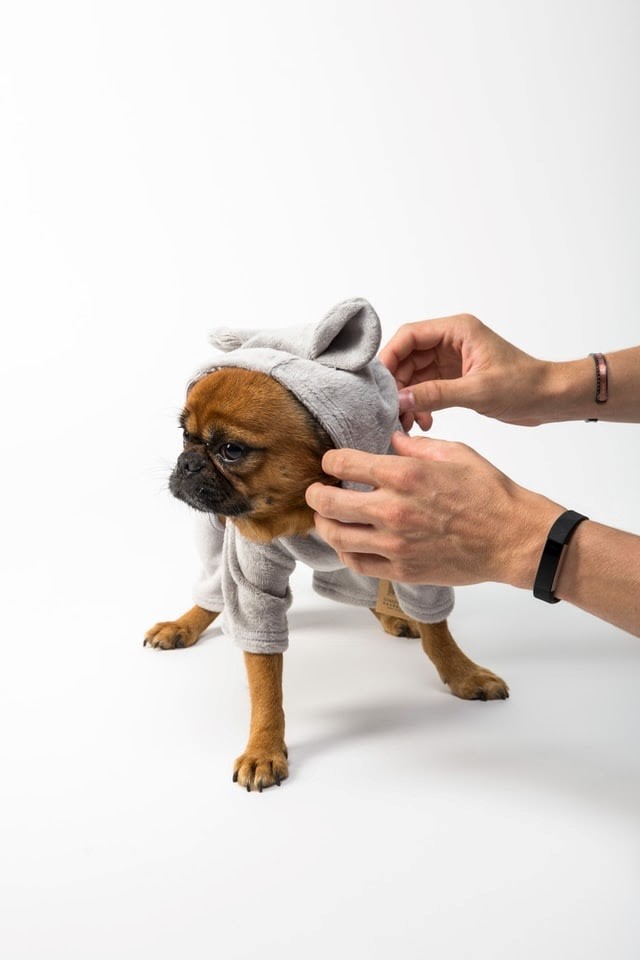 Pet owners are divided regarding the topic of dog coats. Some are all for it, especially during the winter. However, others believe it’s unnecessary. Let’s bring some light to these arguments.
Pet owners are divided regarding the topic of dog coats. Some are all for it, especially during the winter. However, others believe it’s unnecessary. Let’s bring some light to these arguments.Myth: Fur protects dogs from cold
Fact: This may be true for some breeds, but remember that not all fur coats are the same. Golden Retrievers, for example, have a thicker fur coat, which makes them more tolerant to cold temperatures compared to dogs like the Dachshund or the Chihuahua. On the contrary, dogs with a fur coat are not immune from frostbite or hypothermia.
Myth: Larger dogs don’t need coats
Fact: If your pup is small, she or he will most likely need a coat. Dogs that are susceptible to cold need to layer up. However, some large dogs have lighter fur coats, so they may be better off wearing a coat during certain conditions. A good example of this is the Greyhound breed. Even though they are large, they are known to be more sensitive to cold weather and will definitely benefit from an extra layer of clothes.
Myth: A dog’s coat when worn should be snug to ensure warmth
Fact: Coats shouldn’t be too tight on your dog. If this becomes a hindrance to mobility, then it may be useless. Also, go for coats with no extra snaps, zippers, or parts that can irritate your pooch’s skin.
Myth: Choose heavy coats and hoodies for adequate protection
Fact: Just because coats and hoodies are heavier, it doesn't necessarily mean that they are better. It still pays to check labels, know what fabrics are used, and do other due diligence and research before buying coats or hoodies. Also, be careful, because coats or hoodies that are too thick may just cause your pup to overheat.
Myth: All dogs are comfortable in wearing coats
Fact: As previously mentioned, not all dogs like to wear clothes. Note that you shouldn’t force your pooch to wear clothing. Perform a test if your pup will be okay with a coat. Try it on them for a few minutes. If your furry friend isn’t responsive, then it’s better to just set aside the idea of them having a coat.
As a pet parent, use your best judgment as to whether or not your pooch will need a coat. You can also consult a local veterinarian if you’re unsure. Always prioritize your pup’s safety and comfort over buying fancy dog clothes just for appearance’s sake!
Canine College – Fashion Institute of Technology New York
With the continuous demand for high-end dog clothes in the market, The Fashion Institute of Technology (FIT) has now included dog fashion as part of their curriculum. FIT’s goal is to help aspiring entrepreneurs start their pet clothing businesses. Aside from apparel, students also learn other necessary business skills, such as pattern-making, illustration, merchandising, branding, logo making, and marketing.
If you want to be a professional dog clothing designer, this is a course you shouldn’t miss! By investing approximately $2,000, you can learn everything you need to know professionally in regard to the pet industry. You even get a chance to earn a Professional Development Certification. If you're a pet lover, this is a chance to earn additional income while doing something you love!
Become a Trendsetter with Your Designer Dog Clothing Collection
 Becoming a trendsetter isn’t just for us, humans. We can also set the trend in the world of dog fashion. You just have to have an “eye” when selecting designer dog clothes for your animal companion. Dressing up your pup reflects your personal style. Moreover, it is an opportunity to bond with your pet on a more intimate perspective.
Becoming a trendsetter isn’t just for us, humans. We can also set the trend in the world of dog fashion. You just have to have an “eye” when selecting designer dog clothes for your animal companion. Dressing up your pup reflects your personal style. Moreover, it is an opportunity to bond with your pet on a more intimate perspective.There are several factors to consider when buying luxury dog clothes. Aside from choosing the right fabric and checking all embellishments, don't forget to take note of your dog's measurements.
And most importantly, don’t forget that clothing shouldn't be enforced on your darling!
The vast selection of dog designer clothes offered in the market may seem intimidating. But don’t fret, because our blog is here to help. Aside from receiving tips on how to choose appropriate clothing for your pooch, we also recommend other helpful articles on how to take care of your four-pawed friend. Make us your go-to partner in ensuring that your dog remains healthy and get the advice you need by visiting our blog today!
Dog Clothing Pin for Future Reference
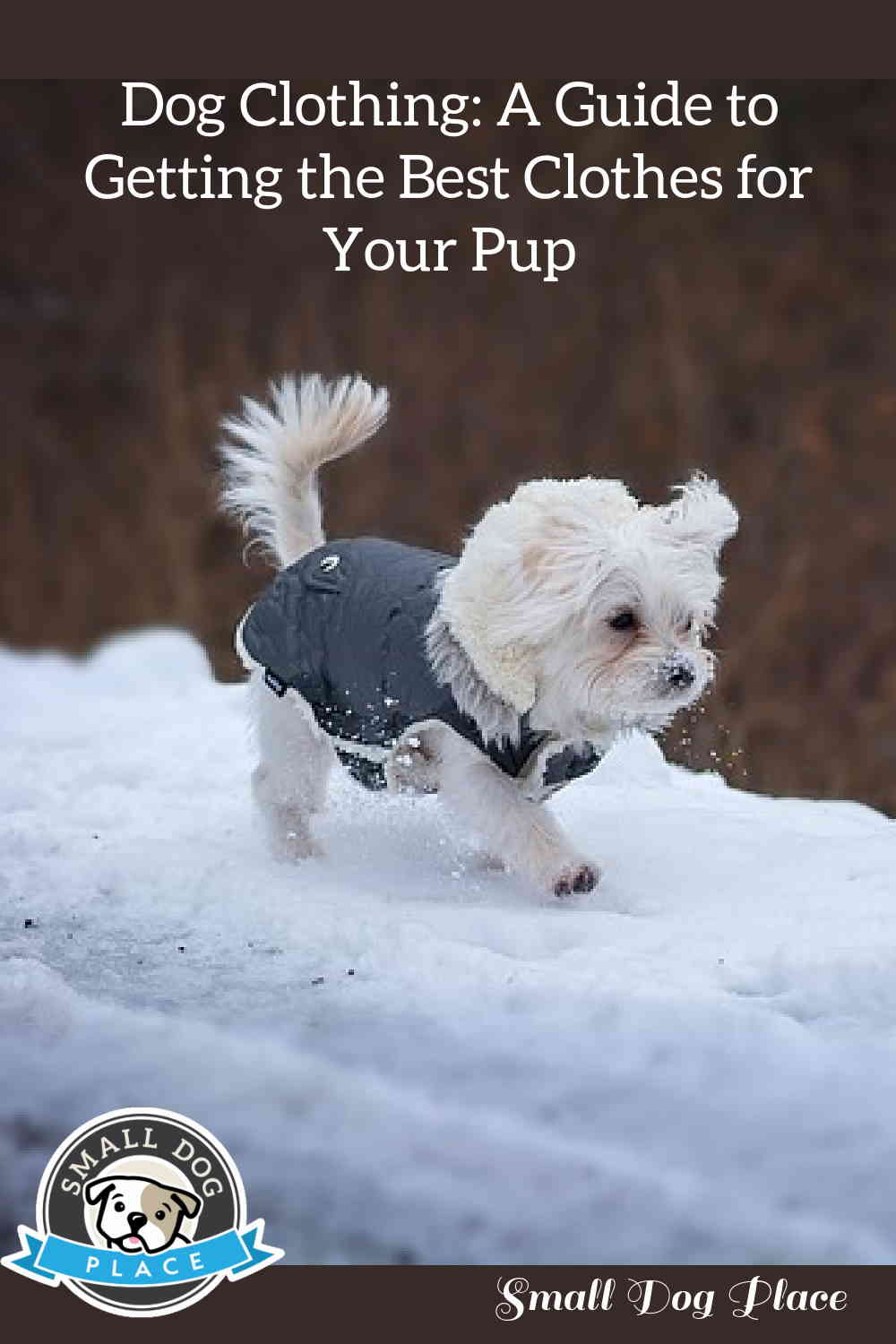 Clothing for Dogs Pin Image
Clothing for Dogs Pin ImageAuthor Bio (Dog Clothing)
Richard Martinez is a writer and a pet lover who loves to share different and new stories among his readers. He is an enthusiastic person.
About Janice (author and voice behind this site)
Having lived with dogs and cats most of her life, Janice served as a veterinary technician for ten years in Maryland and twelve years as a Shih Tzu dog breeder in Ohio.
Her education includes undergraduate degrees in Psychology with a minor in biology, Early Childhood Education, and Nursing, and a master's in Mental Health Counseling.
She is a lifelong learner, a dog lover, and passionate about the welfare of animals. Her favorite breed for over 50 years has been the Shih Tzu, but she has also lived with Poodles, Maltese, Yorkshire Terriers, Beagles, English Bulldogs, Carin Terriers, and a Cocker Spaniel.
When not writing, reading, and researching dog-related topics, she likes to spend time with her eight Shih Tzu dogs, husband, and family, as well as knitting and crocheting. She is also the voice behind Miracle Shih Tzu and Smart-Knit-Crocheting
Does This Article Deserve Your Thumbs Up?
We always appreciate your support and encouragement. Your thumbs up means so much to us. Please like this article.
If you find this page or any page on Small Dog Place Helpful, or useful in anyway, I'd love it if you would click the small heart found on the bottom right of each page.
You can also share or bookmark this page -- just click on the:

Free Monthly Newsletter
Sign Up for Our Free Newsletter and get our Free Gift to You.
my E-book, The Top 10 Mistakes People Make When Choosing a Dog (and how to avoid them)
